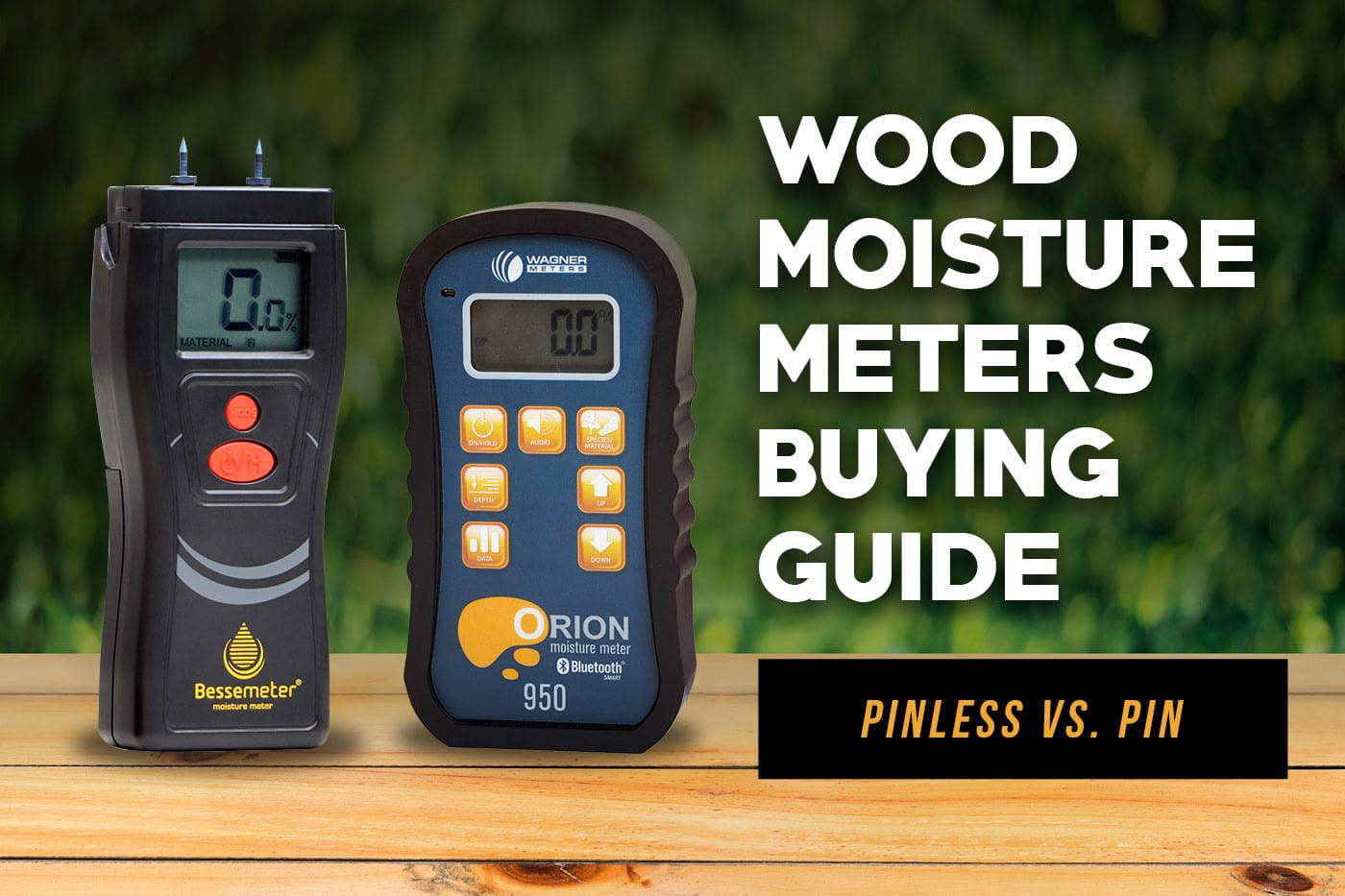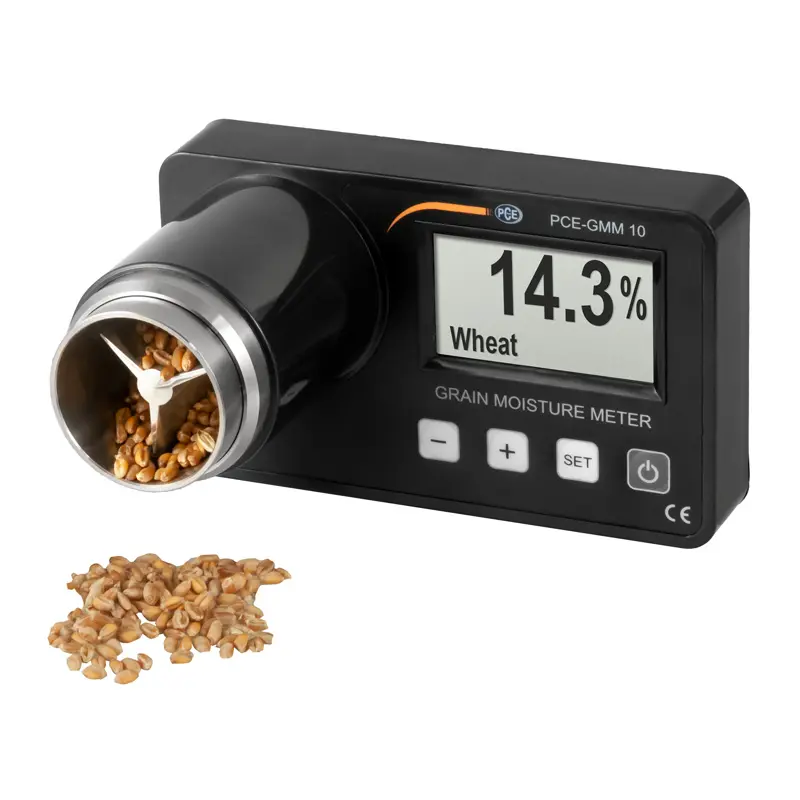The Scientific Research Behind Moisture Meters: How They Work and Why They're Essential
The Scientific Research Behind Moisture Meters: How They Work and Why They're Essential
Blog Article
Comprehending the Importance of a Wetness Meter in Protecting Against Mold And Mildew and Water Damages in Your Home
In the world of home upkeep, the presence of moisture can commonly be a quiet yet formidable adversary, capable of triggering prevalent mold and mildew development and dangerous water damages if left unchecked. Understanding the importance of a dampness meter in this fight is not just an option but a tactical requirement.

Relevance of Wetness Discovery
Efficient wetness discovery techniques are critical for protecting properties and protecting against potential mold and mildew development and water damage. Moisture can seep right into different building products, resulting in structural problems and health threats - Moisture Meter. By making use of a wetness meter, homeowner can proactively determine locations prone to excess dampness, permitting for prompt treatment and mitigation approaches
Wetness meters give exact analyses of wetness degrees in different products such as timber, concrete, and drywall. This information aids in pinpointing areas of concern, even in hard-to-reach or covert places. Early detection of moisture buildup enables prompt repairs or adjustments to stop further damages.

Exactly How Wetness Meters Job
Dampness meters play an essential function in the positive identification of excess wetness, helping in the prevention of prospective mold and mildew development and water damages by offering precise analyses of wetness degrees in different structure products. These devices work based upon different principles, depending upon their type. Pin-type dampness meters, as an example, have two pins that pass through the material to gauge the electric resistance between them. When moisture is existing, it improves the material's conductivity, causing a lower resistance reading. Pinless dampness meters, on the other hand, usage electromagnetic sensors to check the product without causing damages. These sensors produce electromagnetic signals that pass through the material and gauge the dielectric residential or commercial properties, showing dampness material. Some progressed wetness meters pin both integrate and pinless technologies for thorough moisture discovery. Understanding exactly how moisture meters function is essential for timely and precise dampness level assessments, allowing reliable preventive procedures versus mold and water damages.
Finding Early Indication
Upon initial assessment of a residential or commercial property, identifying subtle indicators of excess dampness becomes critical in the early detection of possible mold growth and water damages. Water spots can signal leakages or seepage, while peeling off paint or wallpaper may be a result of dampness jeopardizing the adhesion of these products to the surface. Furthermore, a boost in allergic reaction signs and symptoms or respiratory problems among passengers might recommend the visibility of mold and mildew due to excess dampness.


Preventing Mold Growth
Acknowledging very early caution signs of excess dampness within a residential or commercial property not just allows prompt discovery of prospective mold growth and water damages but additionally serves as a proactive measure in protecting against the spreading of mold. To effectively protect against mold development, it is important to resolve any type of sources of dampness quickly.
Checking dampness degrees in locations vulnerable to wetness, such as cellars and creep areas, utilizing a wetness meter can additionally help in very early discovery of elevated wetness degrees and potential mold development. By taking proactive measures to prevent excess dampness and mold and mildew development, house owners can secure their property and interior air top quality.
Advantages of Routine Monitoring
Regular surveillance of wetness levels in a residential property can play a vital function in maintaining a healthy and balanced interior environment and avoiding potential mold and mildew and water damage. By routinely checking dampness levels, home owners can identify any type of find more info issues without delay and take needed actions to avoid mold and mildew development and water damage. Among the essential benefits of routine tracking navigate to this site is early detection. By determining and resolving high wetness levels early on, homeowners can step in before mold and mildew has the chance to spread out and develop. This positive approach can conserve both money and time over time by stopping extensive mold and mildew remediation and repair service costs (Moisture Meter).
In addition, regular tracking permits homeowners to track patterns and patterns in wetness degrees with time. By developing a baseline and monitoring modifications, individuals can determine any type of locations of concern or prospective susceptabilities in the residential or commercial property's structure. This data-driven strategy makes it possible for targeted treatments and upkeep initiatives to address underlying problems before they intensify right into even more substantial troubles. Inevitably, the regular surveillance of dampness degrees equips house owners to secure their building, secure their wellness, and preserve the honesty of their interior environment.
Verdict
In verdict, using a moisture meter is crucial in stopping mold and water damages in homes. By finding early caution indications of moisture, home owners can take positive measures to protect against mold and mildew growth and pricey repair work. Regular surveillance with a wetness meter can aid preserve a healthy interior setting and pop over to this site secure the architectural stability of the home. It is an important device for making sure the security and health of homeowners.
By using a dampness meter, building owners can proactively identify areas prone to excess moisture, enabling for prompt intervention and reduction techniques.
Moisture meters supply exact readings of wetness levels in various materials such as concrete, timber, and drywall.Moisture meters play a pivotal duty in the aggressive identification of excess wetness, assisting in the avoidance of potential mold development and water damages by supplying precise analyses of moisture degrees in numerous building products. Understanding exactly how moisture meters feature is important for precise and timely moisture level assessments, enabling effective precautionary steps against mold and water damage.
Keeping track of moisture levels in locations vulnerable to dampness, such as cellars and creep rooms, making use of a moisture meter can also assist in very early discovery of raised wetness degrees and possible mold and mildew development.
Report this page